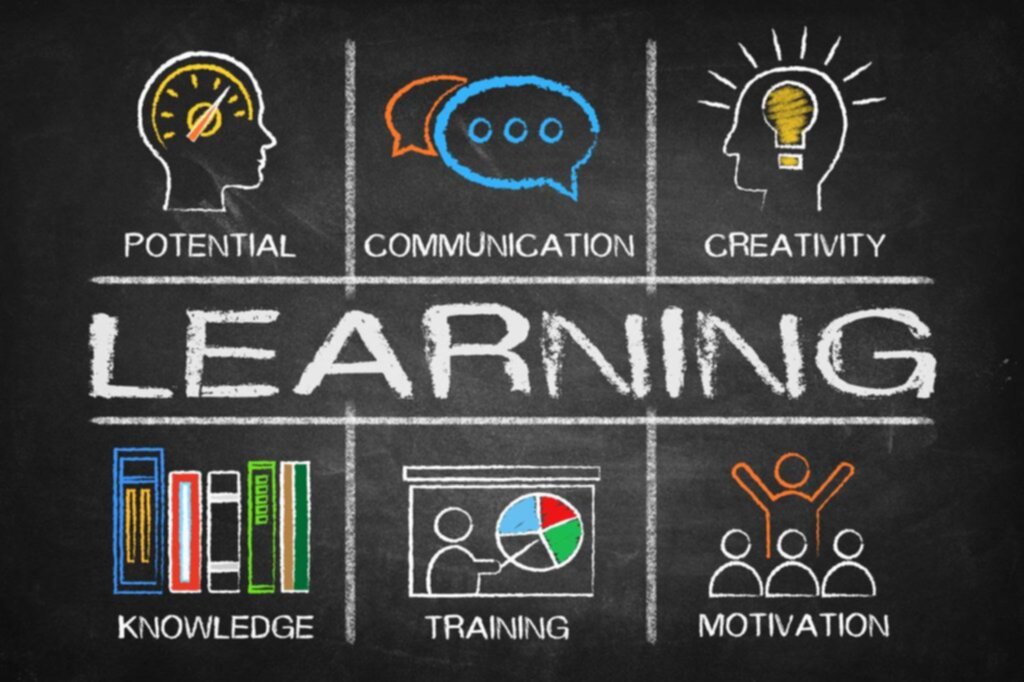
Title II falls under the Every Student Succeeds Act (ESSA), which is the most recent reauthorization of the 1965 act that establishes the role of the federal government in education. Title II was put in place to authorize programs to improve teaching and leadership in the schools via professional learning opportunities at the district and state levels. ESSA clearly defines the importance of professional development and places an emphasis on rules for evidence of learning. To me more specific, Title II Part A is utilized to improve the quality of teachers and school leadership, thus increasing the academic achievement of students.
How Title II Impacts the Classroom
At times, we wonder how Title II and other large spending bills impact the classroom, because we might not even realize that it did make an impact for you. Here are a few things that these Title II funds can be used for:
- Job-embedded activities.
- Partnerships with higher education and districts with high needs.
- Teacher recruitment, training, and retention.
- Professional learning for all educators, which includes counselors, paraprofessionals, librarians, and more.
- Grants that are meant to enhance education preparation programs.
- Grants to select, recruit, provide, and prepare professional development.
- Teacher mentoring and coaching.
The Future of Title II
Most of government spending for education is relegated to Title I with Title II being a much smaller amount of federal funds. Title II funds are necessary because they help school districts and states to recruit, prepare, train, and develop teachers and school leadership. With funds becoming increasingly scarce, teachers and school leaders can reach out to organizations such as the Latino Literacy Project. The Project offers webinars and seminars for teachers and school leaders to learn about their student population and how they can better serve their English Language Learners (ELLs) and bilingual students.
